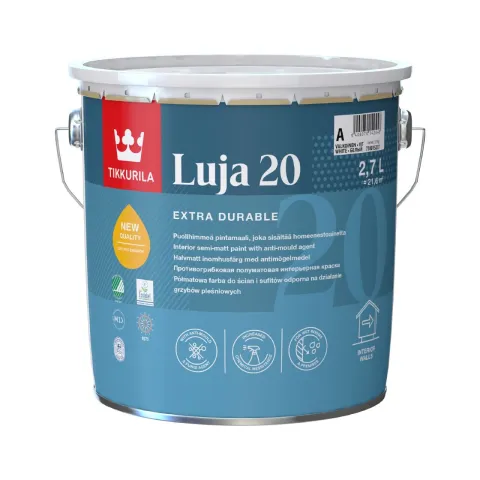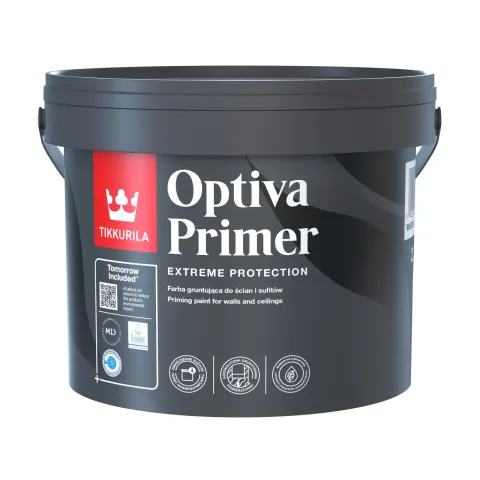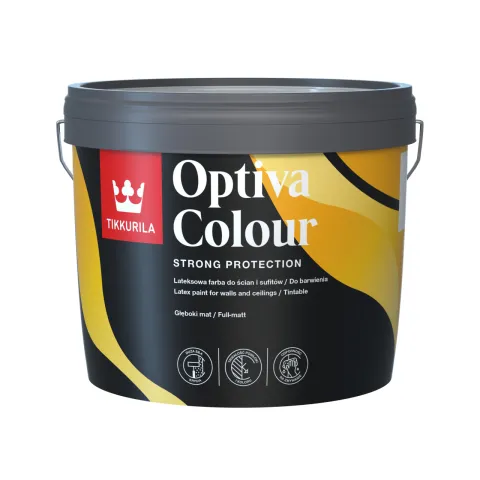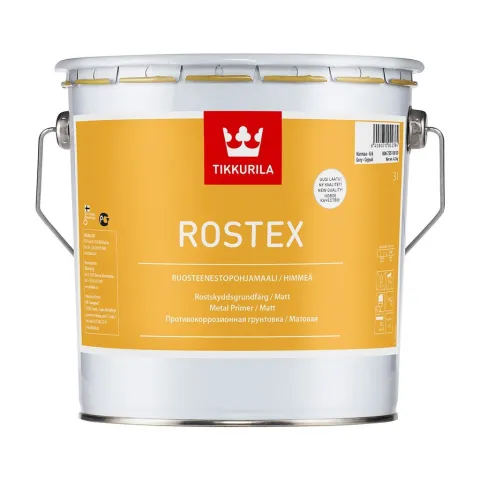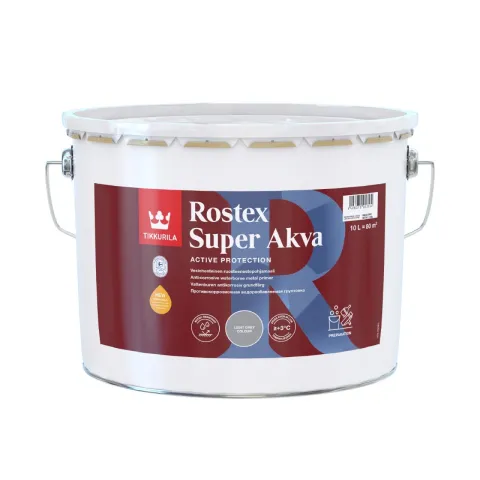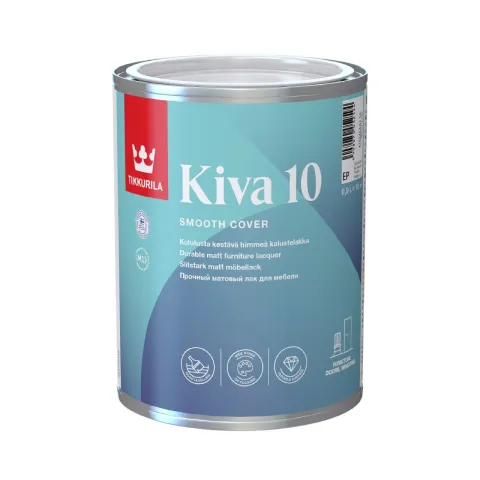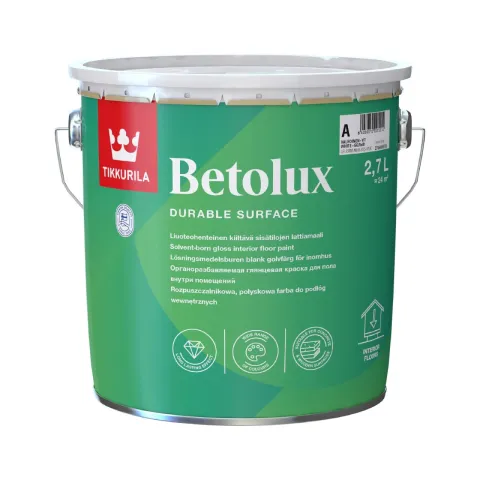London Underground refurbished with Tikkurila paints
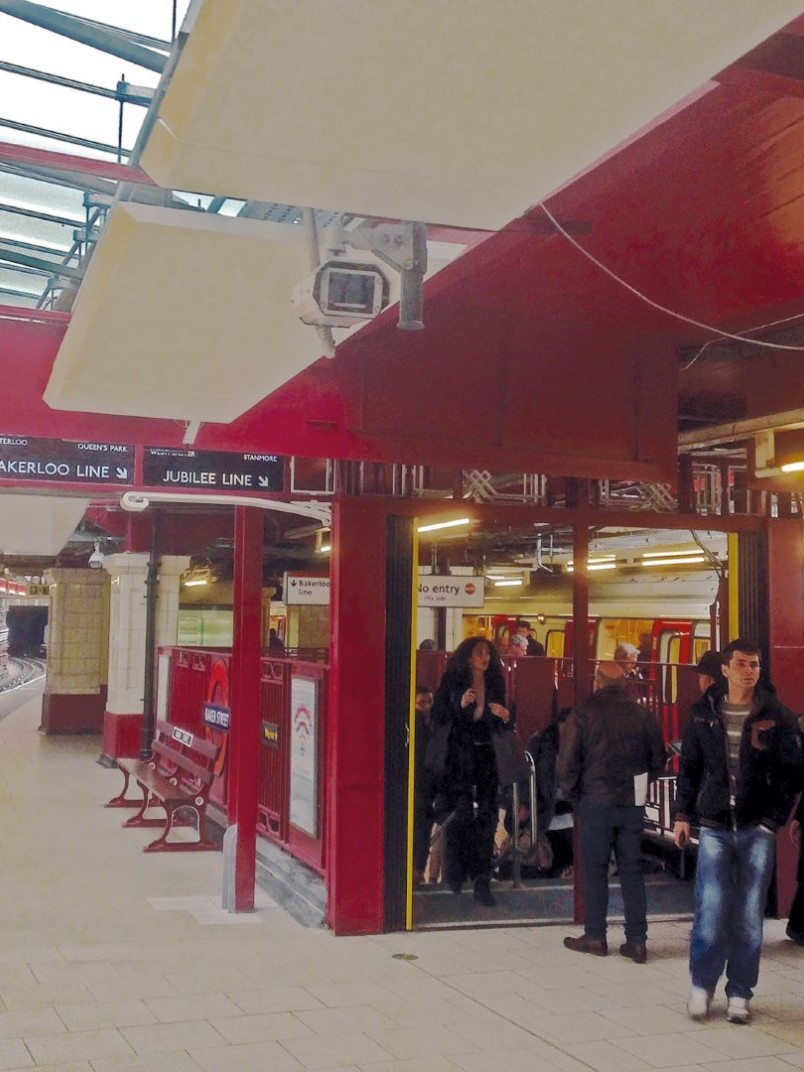
Valtti Ltd, Tikkurila’s distributor in the UK since 1983, has been supplying a range of paints for maintenance work on the London Underground. Most of the products used were made in Finland.
Opened in 1863, the London Underground is considered the world's first underground railway. The network has since expanded to 11 lines, 270 stations and 400 km of track. More than a billion passengers every year make it the world's 11th busiest metro system. Despite its name, only 45% is actually ‘underground’ in tunnels, with most of the system operating on the surface in the outer areas of London.
Extensive and routine maintenance programmes
London Underground Limited (LUL) has two kinds of maintenance programs in progress: capital spend where they undertake a full renovation of a station from top to bottom, and routine maintenance where their own engineers and maintenance teams repaint ticket halls, offices, corridors, etc.
“This is very significant business with a value of approximately 600,000–800,000 pounds a year. To give you some idea of the volume, 60 tenders were issued for painting works on the LUL system in November 2015 alone, “says Jamie Hancox, Director at Valtti Ltd.
“We currently have ongoing projects in several stations, which fall under the routine maintenance program. This work is being undertaken by contractors. No capital spend projects are underway at the moment.”
Good use of Tikkurila products
Of Tikkurila products, Luja universal primer has been applied on previously painted eggshell and gloss surfaces. Luja topcoat in gloss grades 7–20 has been used on previously painted walls and ceilings, as well as mineral surfaces and primed metal surfaces mostly in high traffic areas, ticket hall tunnels, etc. Optiva primer and Optiva topcoat in gloss grades 5–20 were applied on new and previously painted plaster surfaces -mainly in high-traffick areas, ticket hall tunnels etc.
Paints produced by Tikkurila's Polish subsidary, Optiva primer and Optiva topcoat in gloss grades 5-20, have been applied on new and previously painted plaster surfaces in low-traffic areas as well as in offices, back rooms and shops.
Rostex Akva and Rostex has been used on metal surfaces which require priming. Limited use has been made of Kiva on old wood paneling and Betolux for line marking on floors in low-traffic areas, machinery rooms, offices, etc.
Continuous development and testing
BS476 is the range of standards for fire testing procedures in the UK. When designing buildings and structures, it is very important to take account of how they will behave if fire breaks out.
Each of the Tikkurila products specified for the LUL maintenance work have been individually fire tested for smoke and smoke toxicity according to the requirements of BS476-7. In addition, they have all been certified for use below ground by London Underground, based on tests passed in accordance with BS476.
Jamie Hancox continues: “It is pretty difficult to be approved for LUL primarily because the organisation is so big, and getting them to try your product and then have them approve it is not easy. Decisions taken by their purchasing organization are based on suitability for purpose. We have to be able to show them value for money at every stage.”
“To keep our business relations warm, we have a dedicated technical representative who can be on site at a very short notice, we have up-to-date specifications, contractor liaison, pricing in place, and constant product development and testing.”
Text Arja Schadewitz
Photo Valtti Ltd
More information: https://www.tikkurila.co.uk/
http://en.wikipedia.org/wiki/London_Underground

